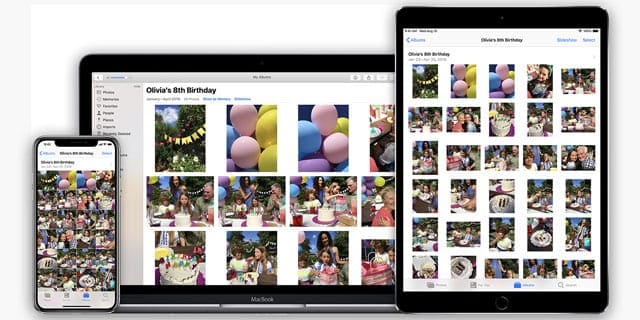

- Close out of a app for mac how to#
- Close out of a app for mac full#
- Close out of a app for mac plus#
- Close out of a app for mac download#
These processes are often linked to one of your installed apps, and when you uninstall that app, its startup items go with it. That’s because there are other Mac startup program types, like launch agents and daemons. However, you’ll notice some of the apps that start with your Mac can’t be disabled this way.
:max_bytes(150000):strip_icc()/003_close-applications-on-mac-5184824-dd6979a7c8074c89a0412f41c461a9c6.jpg)
Close out of a app for mac how to#
How to disable Mac startup apps in Finderĭisabling startup apps via System Preferences and the Dock only deals with Login Items. Repeat the process to toggle that status on and off. If Open at Login is ticked, then that app will start with macOS. Look in the Dock for the program you want to changeĢ. You disable or enable a Mac startup app with just a few clicks on its Dock icon:ġ.
Close out of a app for mac plus#
You can also add apps using the plus button How to change Mac startup apps from the Dock If you just don’t want to see the app when it starts, click the Hide box instead To remove an app, click it and press the minus buttonĦ. Click on your account name in the left sidebarĥ. You can change some Mac startup programs in the part of the OS that manages user profiles.ģ. How to change Mac startup programs in System Preferences Fortunately, disabling Mac startup apps isn’t difficult. It’s easy to see how having too many startup items can slow down your Mac.
And then it will continue to run them until you close them.

The problem is your Mac has to load all of these apps while it’s also trying to boot up OS X. You want apps like antivirus to run all the time, to give you maximum protection, but you don’t want to have to start them every time you turn on your Mac. What are Mac startup programs?Īs the name suggests, Mac startup programs are apps and other processes that run automatically as soon as macOS starts.
Close out of a app for mac full#
You get one full fix for free, so you can see just how effective it is.
Close out of a app for mac download#
Download it now, and try it out for yourself. You can do it with just a few clicks in MacKeeper.Ĭleaning your Mac is as simple as that with MacKeeper. If you’re removing login items because you think they’re slowing your Mac down, consider cleaning out junk files first. In this article you’ll learn 5 ways to change what apps start up with your Mac: For that reason, it’s a good idea to keep an eye on what’s loading up with macOS and remove any startup apps your Mac doesn’t need. But too many of them, and they can be a real drag on your system performance. In the Microsoft Teams app, click on your profile picture and select “Settings.Most of the time, Mac startup programs are useful and won’t cause any problems. However, there’s a simple setting you can change that will force Teams to quit completely when you close the app normally. To close it down fully, you need to close it in the system tray or through the task manager (on Windows) or the Activity Monitor (on a Mac). Sure, some apps like OneDrive, Dropbox, or your antivirus are generally “always on,” but running all the time is part of the point of apps like these that have to monitor things.īut by default, if you close Microsoft Teams, it continues to run in the background so that it can send you notifications. When you close an app, you generally expect it to quit, not to live on in the background quietly soaking up precious CPU cycles, memory, and bandwidth. Here’s how to quit Microsoft Teams every time you close the app on Windows and Mac. But change a single setting and closing the application will actually stop it. When you close Microsoft Teams, it continues to run in the background, taking up resources and sending you notifications.


 0 kommentar(er)
0 kommentar(er)
